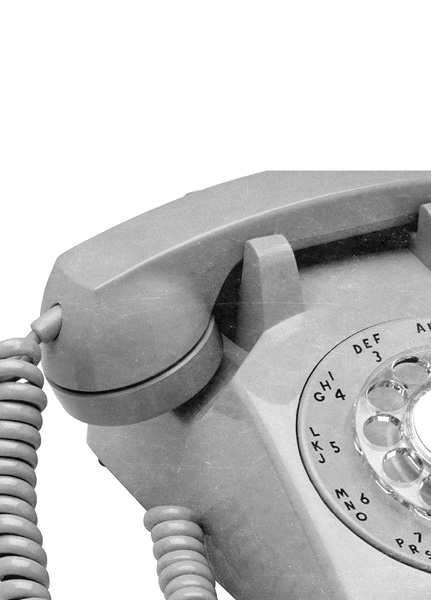
TELEPHONE MUSIC
first performed on
September 3, 2010
online correspondence
performed 15 times in 2011
TODD LEREW
San Francisco, CA
966998248t966998248o966998248d966998248d966998248.966998248l966998248e966998248r966998248e966998248w966998248@966998248g966998248m966998248a966998248i966998248l966998248.966998248c966998248o966998248m
telephonemusic.wordpress.com
TELEPHONE MUSIC
TODD LEREW
“Telephone Music” is a collaborative music and memory project inspired by the children’s game Telephone. In this adaptation of the game, I record a song and allow a participant to hear it one time only. They must then record their own version of the song, reproducing what they’ve heard as precisely as possible from memory, and pass it on to the next participant. After this has been repeated a number of times, all versions are made public, primarily through the blog devoted to the project.
The stage is virtual, and the audience is unseen. While the game begins with a composed song or prescribed thought, the authority over loyalty in reproduction and consistency throughout all performances is quickly forfeited. It is intended that each participant will try to recreate the song they heard, but they are encouraged to do so with whatever means are available to them (i.e. instrumentation/style), much as a verbal message can be communicated by many different people with different speaking voices.
Performances of many composed or written-and-rehearsed pieces may contain slight variations as they are reiterated across time or between performers. “Telephone Music” produces more dramatic changes as the form is reiterated across memory sets, in addition to shifts in time and performers. Between each step, there is often only a strain of recognition, a single motif held over, or the general structure left intact. It is an acceleration of the decay inherent to remembrance.
The structure of the overall project as I see it functions in layers. Each song represents an individual memory and interpretation. A round taken as a whole shows the shift in form and content as a function of interpersonal memory transitions; in some sense it is a collective subconscious acting on the piece. Each completed round, while ostensibly self-contained, reveals one piece in a slowly-forming comment on memory as it relates to the creative process. The mind clings to specific facets, abandoning others in anticipation of being overloaded.
Every round begins with a new set of data or input, and a new cast of participants who neither know what they are about to listen to, nor are they given instructions on how to listen. In seeing how present and future participants interact with this variety of stimuli, we can begin to observe emerging patterns in our capacity to remember and recreate.